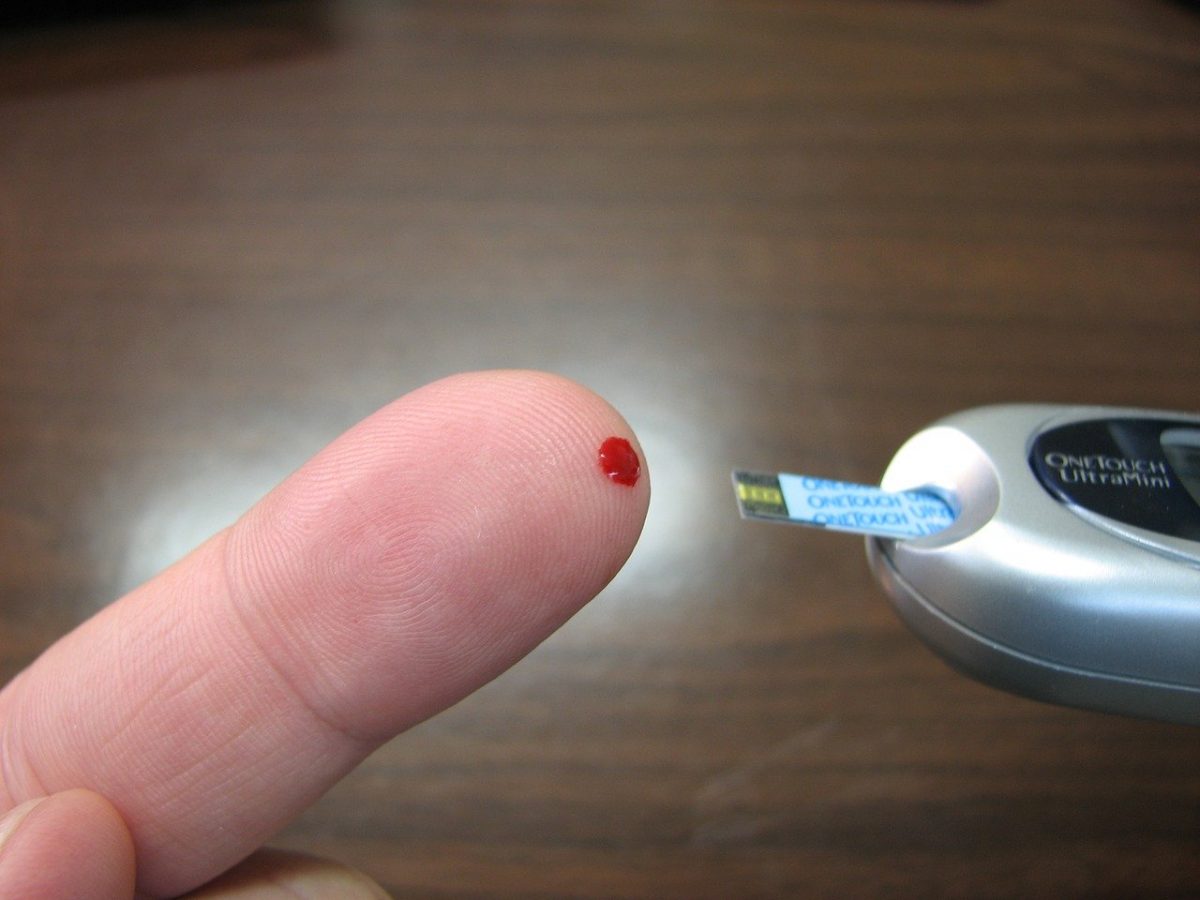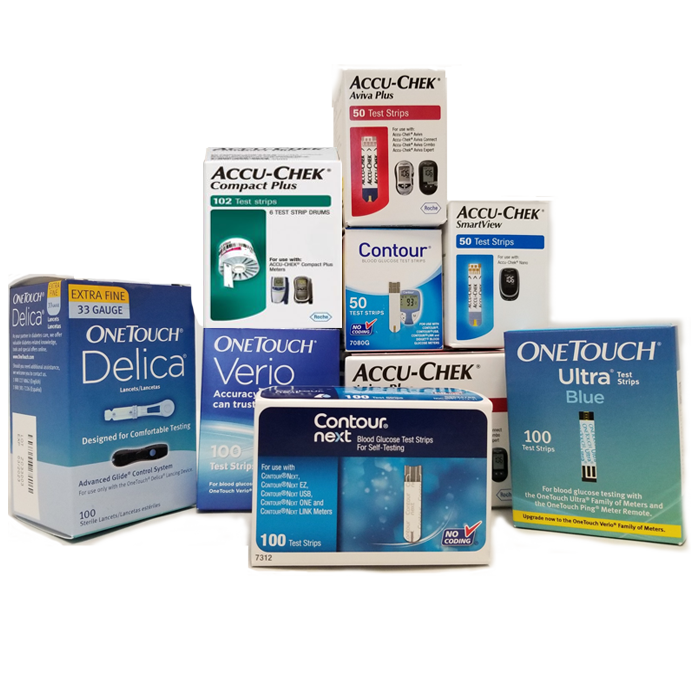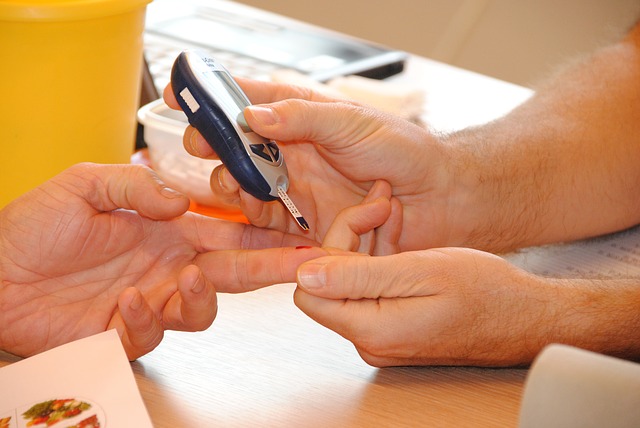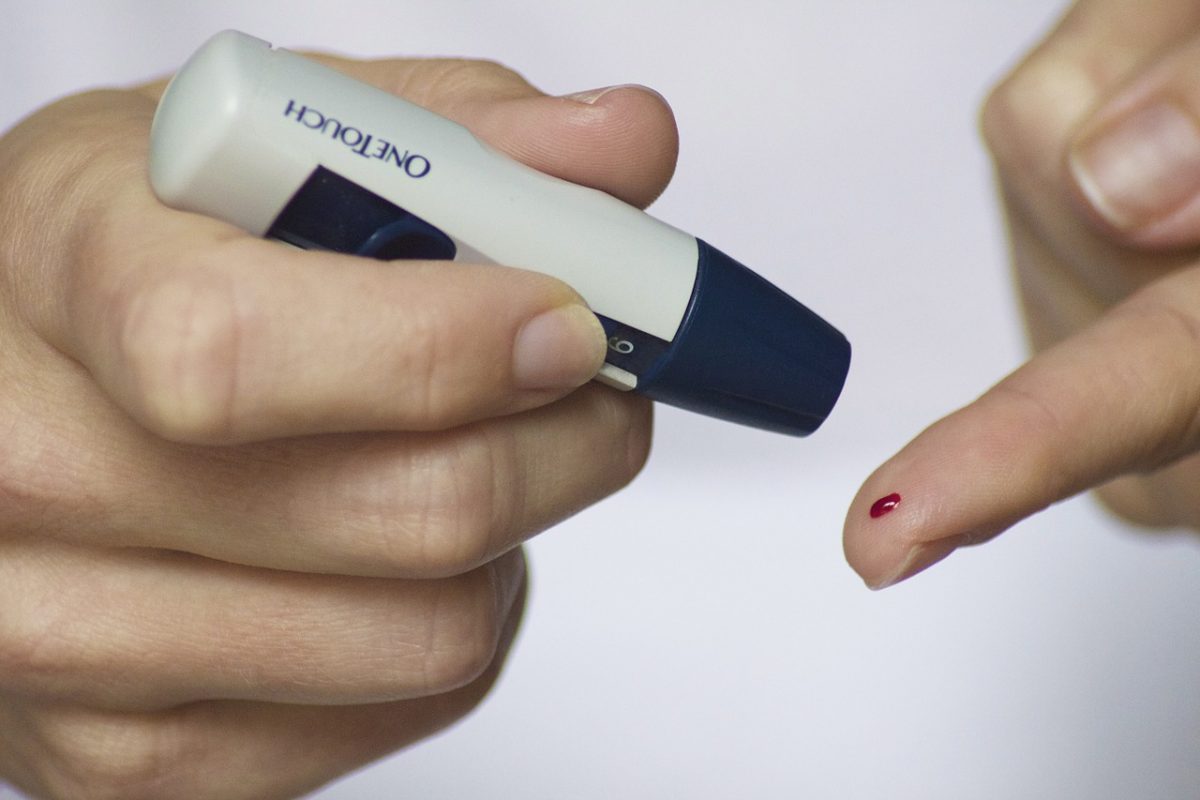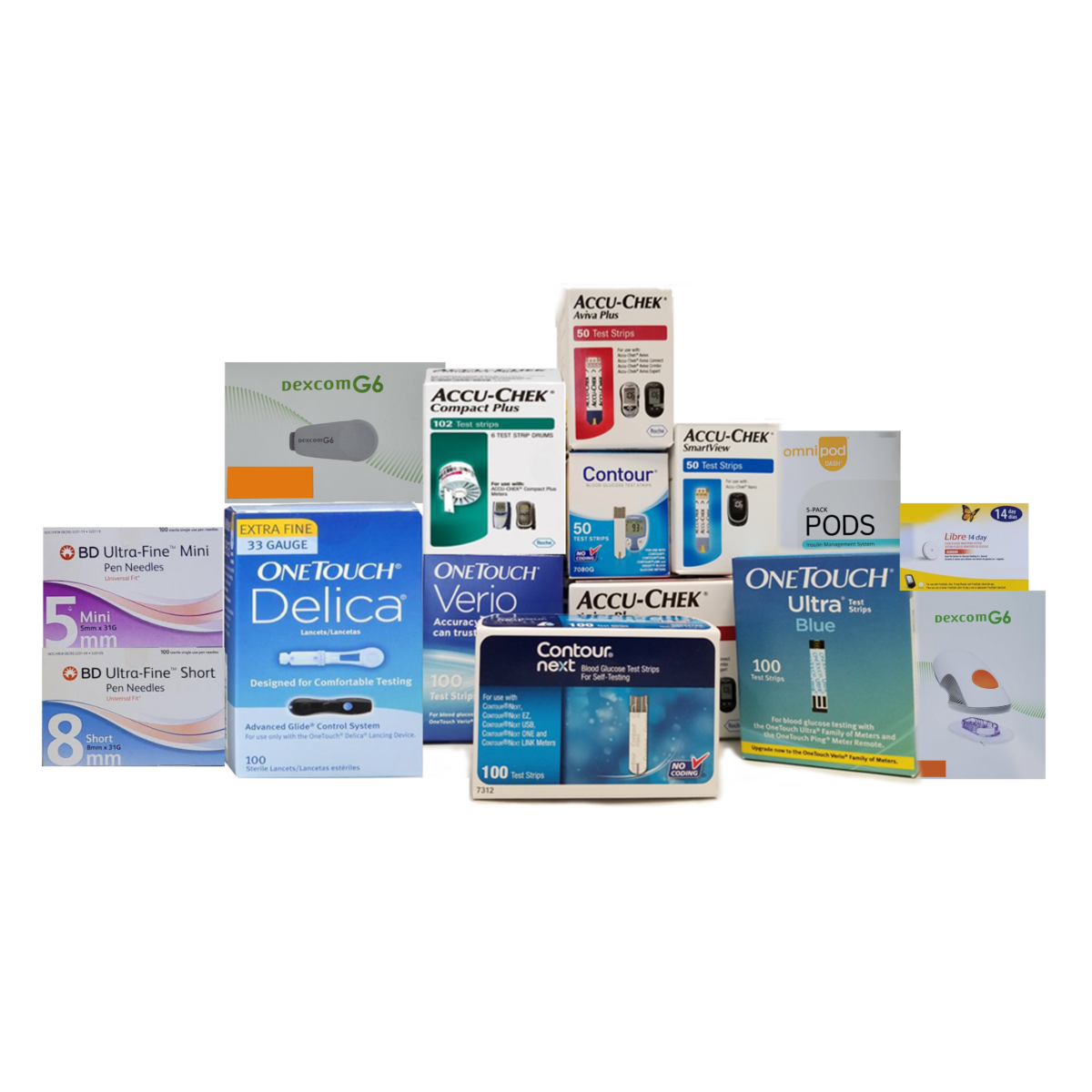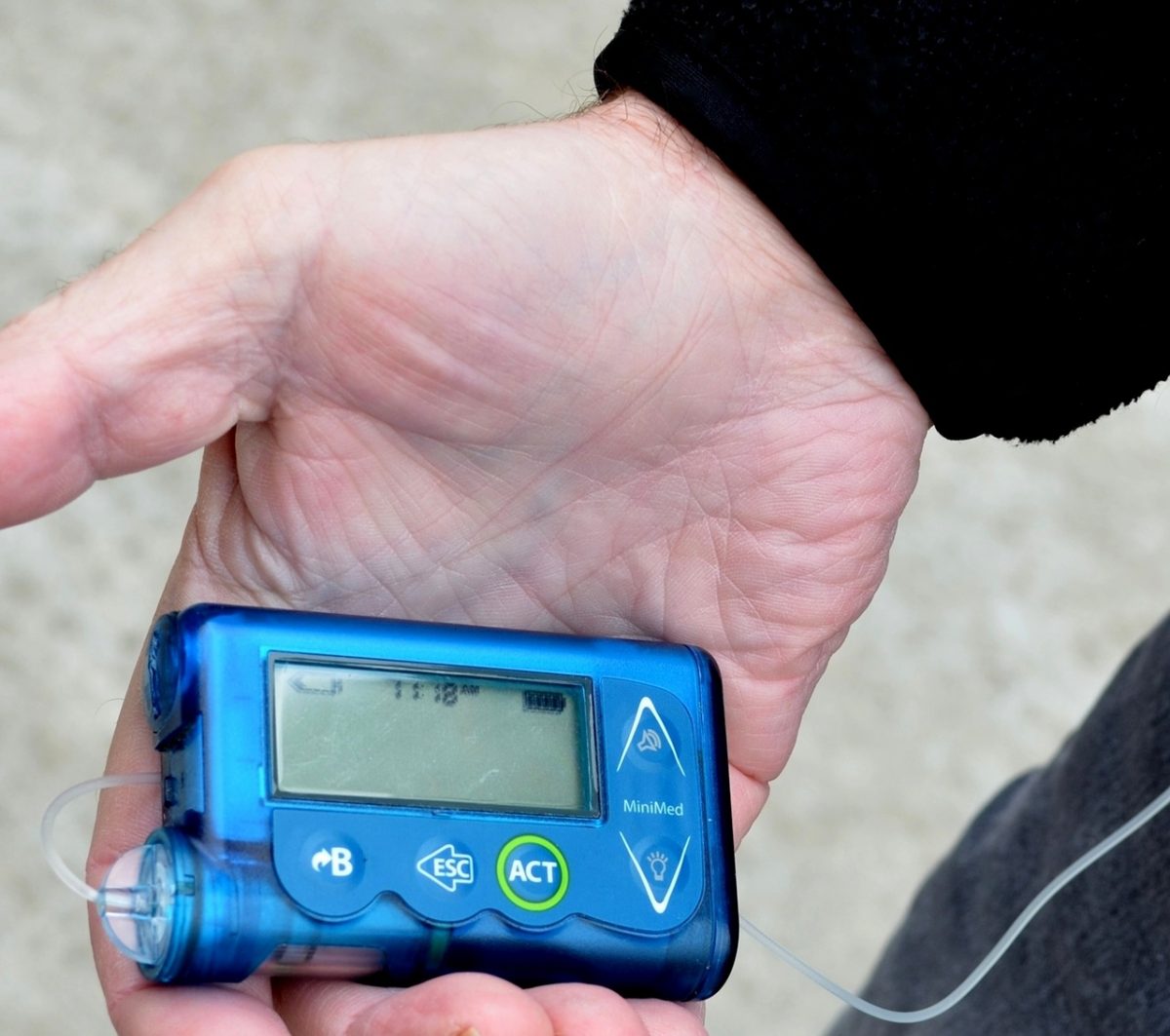Every woman is familiar with the blood tests her OB/GYN orders throughout her pregnancy. He/she is looking for many indicators, including evidence that the patient is developing gestational diabetes. The individual may need to take an oral medication and/or insulin.
Gestational Diabetes
In the U.S., approximately 6-9 percent of pregnant women will develop gestational diabetes. It occurs when a woman’s pancreas can’t make enough insulin to use blood sugar for energy. The condition typically goes away after the baby is born, but additional blood tests will need to be performed to make sure.
However, in some instances, the disease persists and doesn’t disappear. It’s then defined as Type 2 diabetes. Even when the disease does vanish women that develop gestational diabetes are more likely to develop Type 2 diabetes later in life.
It’s important that gestational diabetes be detected early. Uncontrolled gestational diabetes results in extra-large babies. It has the potential to cause problems with the delivery. Babies can be born with nerve damage that occurs during delivery and can necessitate the need for a C-section. The disease can also cause high-blood pressure.
Gestational diabetes often doesn’t present any overt symptoms and is often mistaken for normal signs of pregnancy that includes an increase in thirst, tiredness, and more frequent urination. Science doesn’t know why some women develop the disease and others don’t.
Some women are at more risk than others of developing diabetes during pregnancy. They include women with a body mass index (BMI) of 30 or above, women who have previously had a baby weighing 10 lbs. or more, and those who developed gestational diabetes during a previous pregnancy. Women of Black, Hispanic, Asian, and Native American descent are more likely to develop the disease.
Women can help manage and control the potential for developing the disease while pregnancy by eating healthy, exercising, and taking medication if required. More frequent checkups and blood work will be required
If you would like to find out about earning cash for your unwanted, unused and boxed test strips, complete our online quote form today.
If you have extra, unopened and unused boxes of diabetic test strips – whether you have switched brands, no longer need to test or test less frequently, or have a loved one who has passed away – don’t let them gather dust until they’ve expired and end up in the trash. We’re the best place to sell diabetic test strips online, and if you want to sell your test strips, we’re here to make the process easy and enjoyable!
Visit us at Sell Your Test Strips and get your free quote today!


